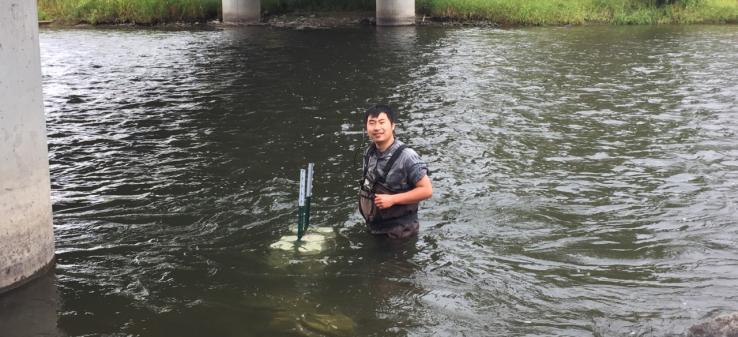Institutional Collaborations for Innovation and Commercialization (IC2)
The CREWS IC2 program promotes sustainability of the CREWS project through commercialization and entrepreneurship activities related to CREWS research. Led by Jakki Mohr, regents professor in the College of Business at the University of Montana, IC2 provides training for all CREWS participants, internships for students and postdocs, and support for all stages of the commercialization process. IC2 partners with UM's NSF I-Corps Site and the tech-transfer offices at all participating institutions.
IC2 launched its Innovation & Commercialization Internship Program in Spring of 2020, providing two graduate students and one postdoc an opportunity to explore the commercial potential of their research or innovation idea. To explore commercial potential, interns can participate in a workshop (through the Montana NSF Regional I-Corps program) to learn about customer/market discovery, build a template for a commercialization plan, engage with industry, agency, or non-profit partners, and/or complete other tasks appropriate to the specific innovation idea.
2023 CREWS Internship Program
Meet the CREWS 2023 Commercialization Interns:
Charlie Nicholson is at Montana State University, and his internship focused on working with Joe Shaw and the Montana Department of Environmental Quality (DEQ). His internship project was working on gauging the market value of LED-based reflectance calibration sensors with a focus on calibration and system robustness.
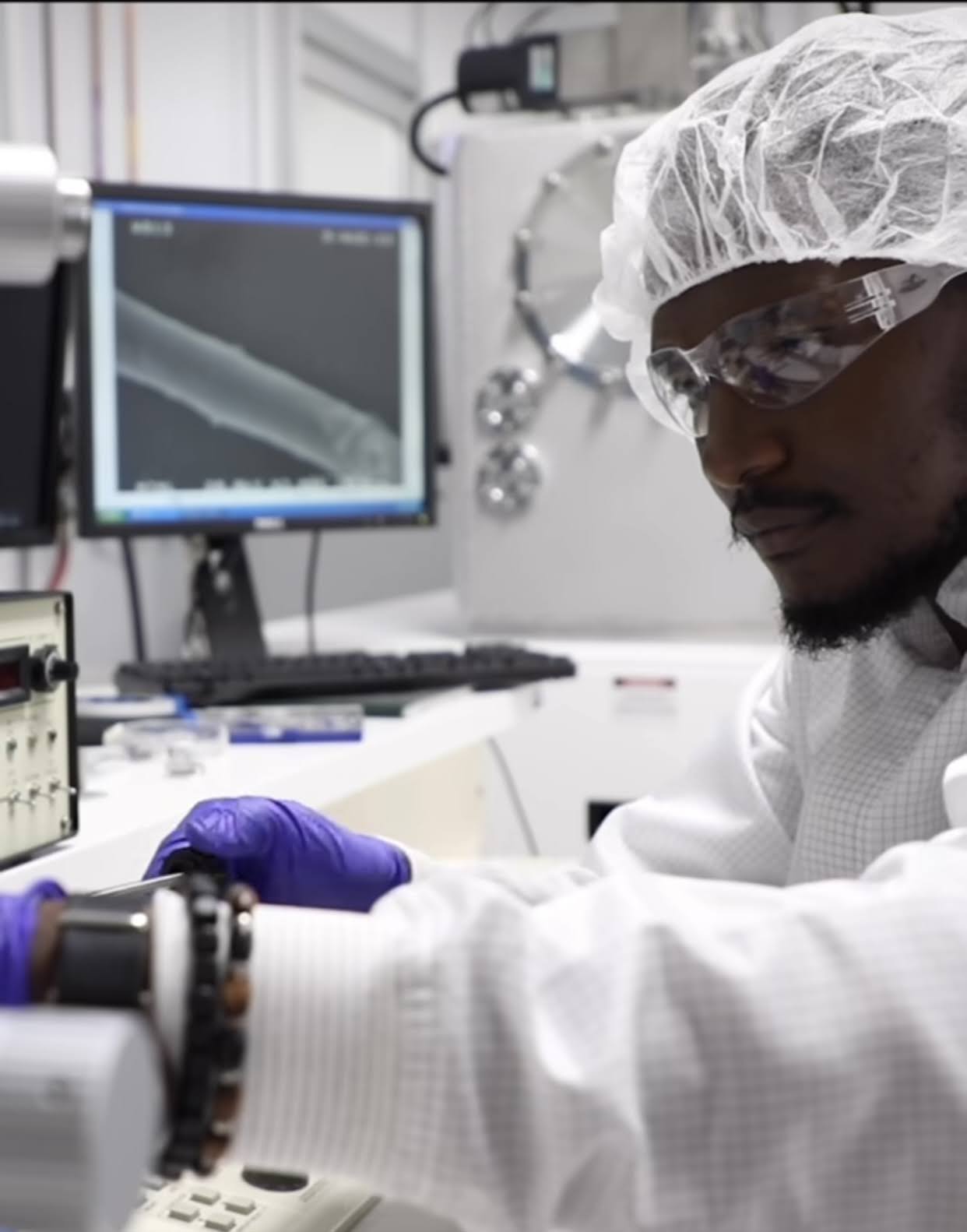
Amos Taiswa is a graduate student Montana Tech and worked with Jack Skinner and Jessica Andriolo. His project focused on the development of a bio-inspired membrane that withstands biofouling and using electrospun fibers for membrane fabrication.
Meet the CREWS 2023 Workforce Development Intern:
Makena Tanko is a student at Montana Tech who worked with the Clark Fork Coalition for their internship. In their project, Makena investigated the factors affecting successful streambank revegetation, with data compiled into a professional report targeted to managers, consultants, and engineers engaged in the clean-up of the Upper Clark Fork River Superfund site.
2022 CREWS Internship Program
Meet the CREWS 2022 Commercialization Interns:
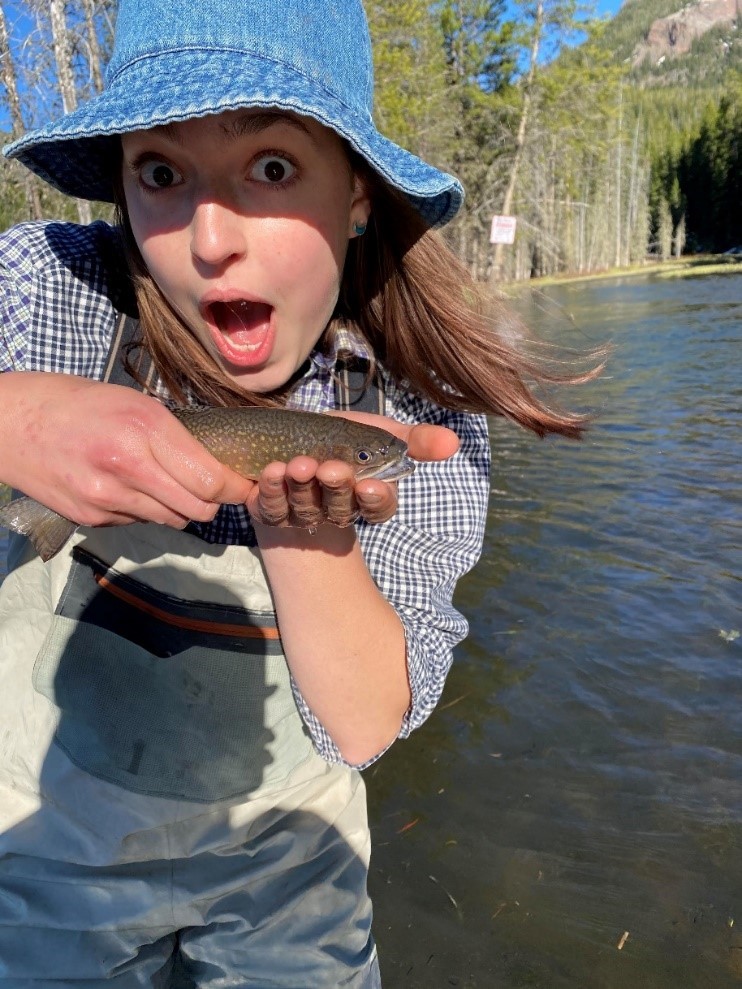
Isabelle Melmer (Montana State University) worked with Ranalda Tsosie and Ellen Lauchnor during their internship. Isabelle’s internship allowed her to assess the technical design and performance of a silica polyamine composite-based point-of-use water filtration system. She evaluated relationships between pressure, flow, and removal efficiency of arsenic, vanadium, and uranium for selective treatment of these contaminants in well water or other unregulated water sources. She also completed a literature review on arsenic selective materials, alternatives currently on the market, and vanadium chemistry and protocols. The goal was to optimize the design of a filter for household use, either as a plumbed, or handheld device.

Madison Torrey (Montana State University) worked with Joe Shaw & 532 Systems, LLC, and the National Oceanic and Atmospheric Administration (NOAA) in her internship. Her project worked with the assessment and development of a drone-based marine lidar that can penetrate water for river algae detection.
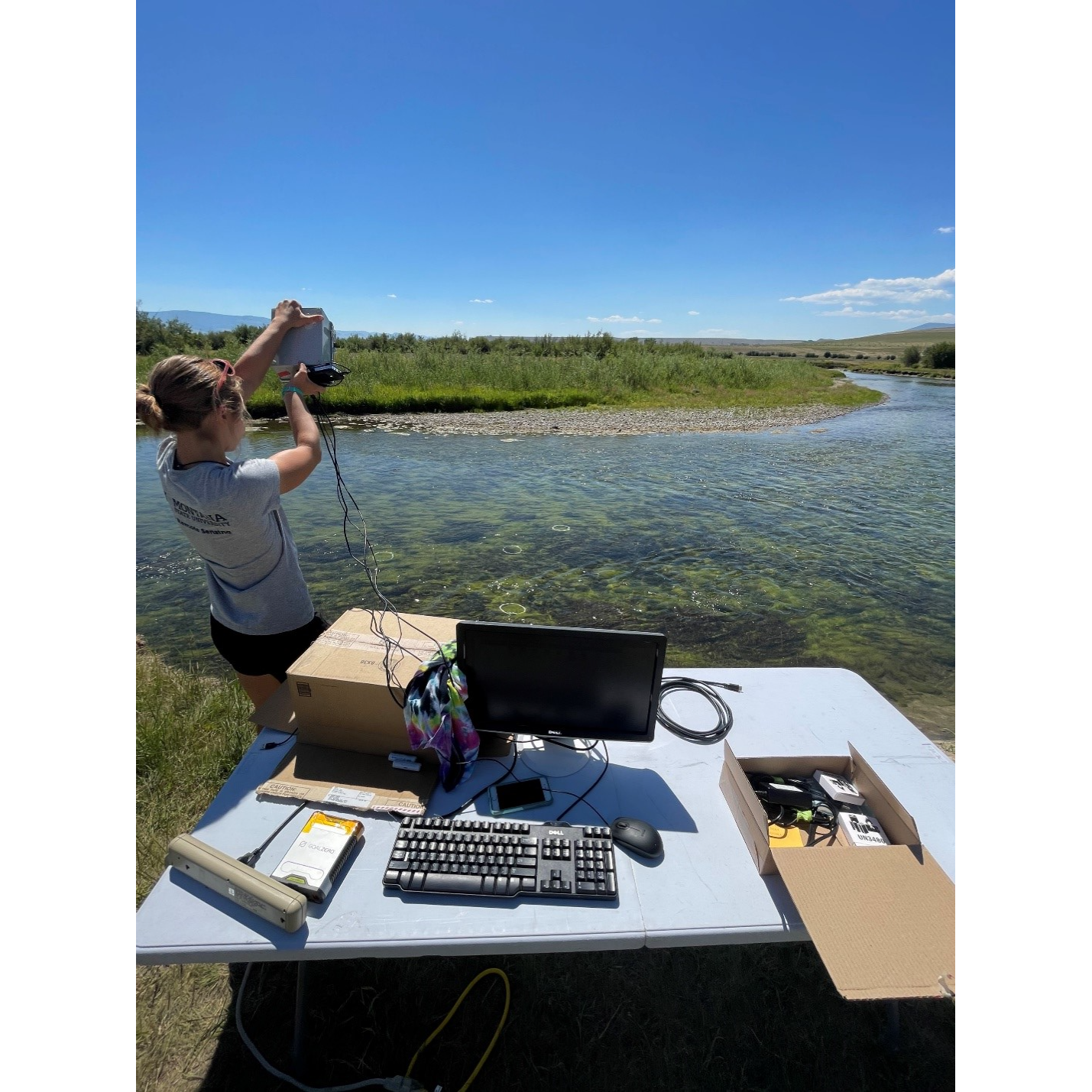
Shannon Hamp (Montana State University) worked with Joe Shaw and the Montana Department of Environmental Quality (DEQ). Shannon's internship explored the accuracy of a multispectral imager for algae detection as a way to assess a lower-cost method of data collection (compared to multi-spectral imagery) for long-term monitoring of river algae. Her research validated the concept, or provided a proof of concept. When describing Shannon's internship project, the industry partner, DEQ, said "mention of a ‘low-cost multispectral imager for sensing from bridge, tree, etc.’ piqued my interest.… DEQ will be conducting more intensive monitoring [of the Gallatin River] over the coming 2-4 years and I could see this type of technology benefitting our study.”
Meet the CREWS 2022 Workforce Development Interns:
Emily Towery (University of Montana) worked with Trout Unlimited and Fish, Wildlife, and Parks (FWP). Emily worked with FWP staff to gather fisheries data to inform decisions on potential Trout Unlimited projects on Rock Creek. She gained technical skills, like learning how to PIT tag fish, backpack electrofish, barge electrofish, gillnet, effectively net and handle fish, monitor streamflows, and do stream inventory projects. Emily summed up her internship by saying "This internship highlighted a pretty large difference between the world of fisheries management and academia/research science that I had not fully understood before. I really gained an appreciation for the difficulty of managing a natural resource like fisheries in a highly political atmosphere. I was able to watch interactions between staff and private landowners and the public. These interactions called my attention to the importance of personal and positive relationships both with the public and private landowners in order to effectively do your job. This experience is something I had not fully been able to appreciate from the classroom."
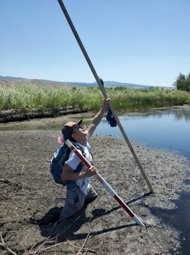
Morgan Schultz (Montana Tech) worked with the Clark Fork Coalition during his internship. His project produced a professional report from research findings regarding how restoration treatment affects aquatic habitats. Morgan shared his report at the national conference of the American Fisheries Society as well as with local groups (Butte Chapter of Trout Unlimited).
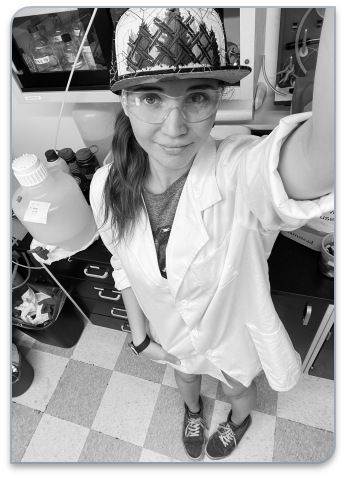
Gabriella Cameron (University of Montana) did her internship with Sunburst Sensors. Her internship assessed the accuracy of a hand-held monitoring device to measure pH (the “phyter”) and how construction and design affect cost and accuracy. This project helps to allow citizens to collect data via community science!
Sam Turner (University of Montana) worked with the U.S. Geological Survey (USGS) as part of his internship. Specifically, Sam worked with Travis Schmidt and Ashley Bussell of the USGS to study the fluxes of aquatic invertebrates in the Upper Clark Fork River. Their goal was to better understand the risks associated with riparian consumer exposure to metals in emergent insects. This internship exposed Turner to operations within the USGS and allowed for a hands-on perspective of working within a federal agency. This internship was a great fit for Turner because he both studies river systems and spends his free time enjoying these rivers, so this experience directly aligned with his academic, professional, and personal goals and interests. “I would like to say thank you to Travis and Ashley for allowing me to join them this summer,” Turner said. “I would also like to extend a special thanks to Professor Ben Colman at UM for his role in facilitating a successful internship experience.”
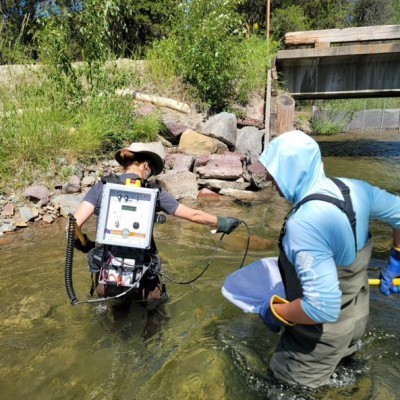
Raina Woolworth (University of Montana) was with RESPEC Environmental Consulting for her internship. She worked with state agencies to develop a Hazard Mitigation Plan for climate change and its impacts on human health, as well as identified vulnerable populations to ensure equitable outcomes.
2021 CREWS Internship Program
Meet the CREWS 2021 Commercialization Interns:
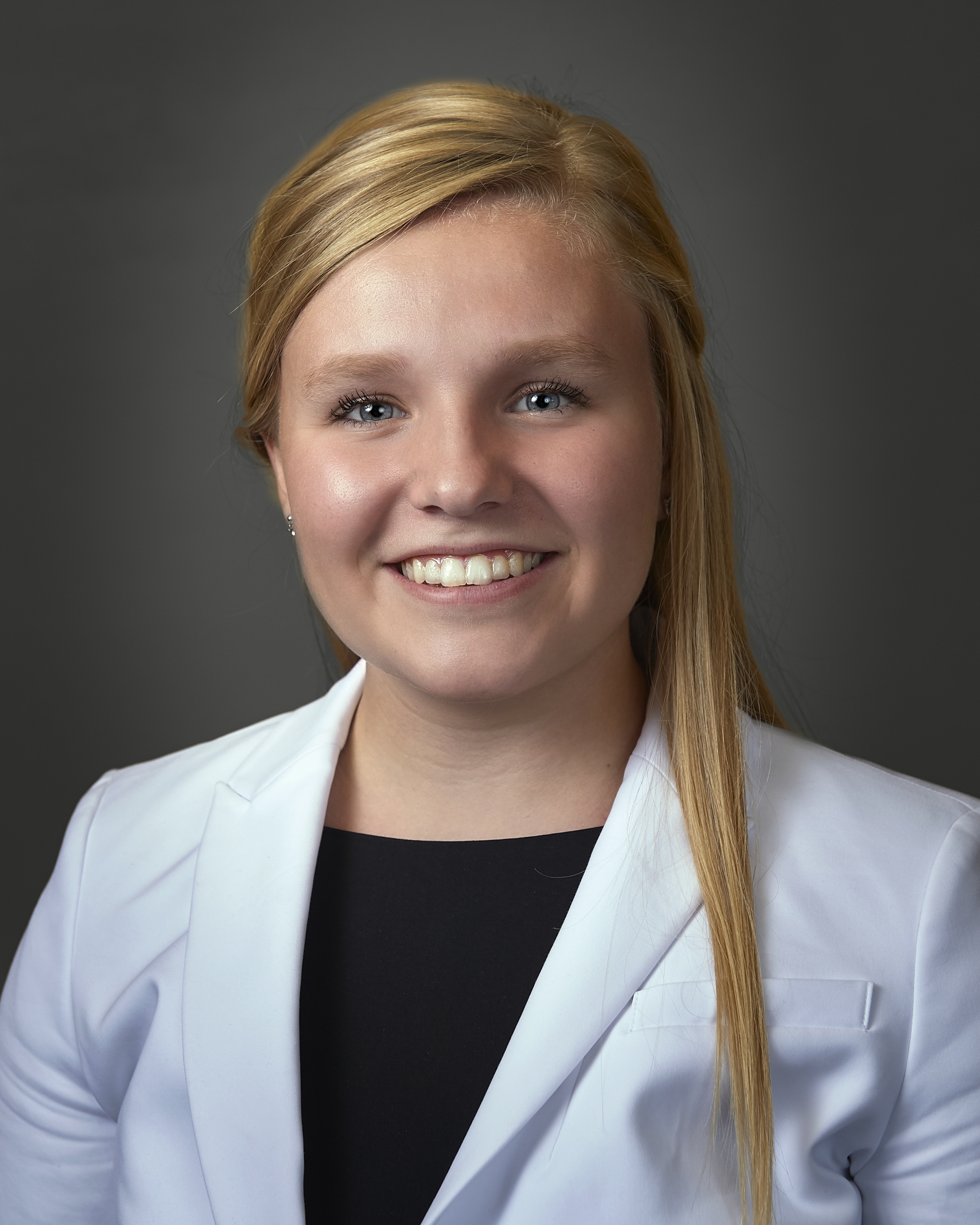
Sheridan Johnson is an undergraduate student at Montana State University studying Agricultural Education and Political Science. As a CREWS Innovation and Commercialization intern, Sheridan focused on how to improve STEM education in rural communities through a project called Small Town STEM. Sheridan sums up her internship experience by saying “Overall, I loved the environment and flexibility of the I-Corps program. I think it was a little different coming at it from more of a social science angle rather than [some of the other] sciences in the [Montana NSF EPSCoR] programs, but it was a great experience! I was able to learn a lot about a topic I am passionate about as well as the greater NSF program, all with the help of my awesome boss Suzi [Taylor].”
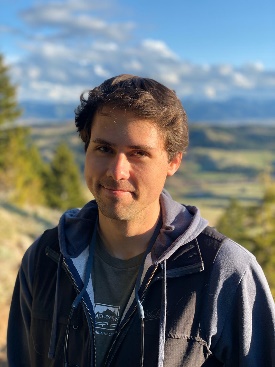
Riley Logan is a Ph.D. student at Montana State University in the Shaw Lab. His CREWS research focuses on drone-based remote sensing of rivers and streams. During his CREWS Innovation and Commercialization internship, Riley looked at how hyperspectral imagers from Resonon respond to different polarization states of light.
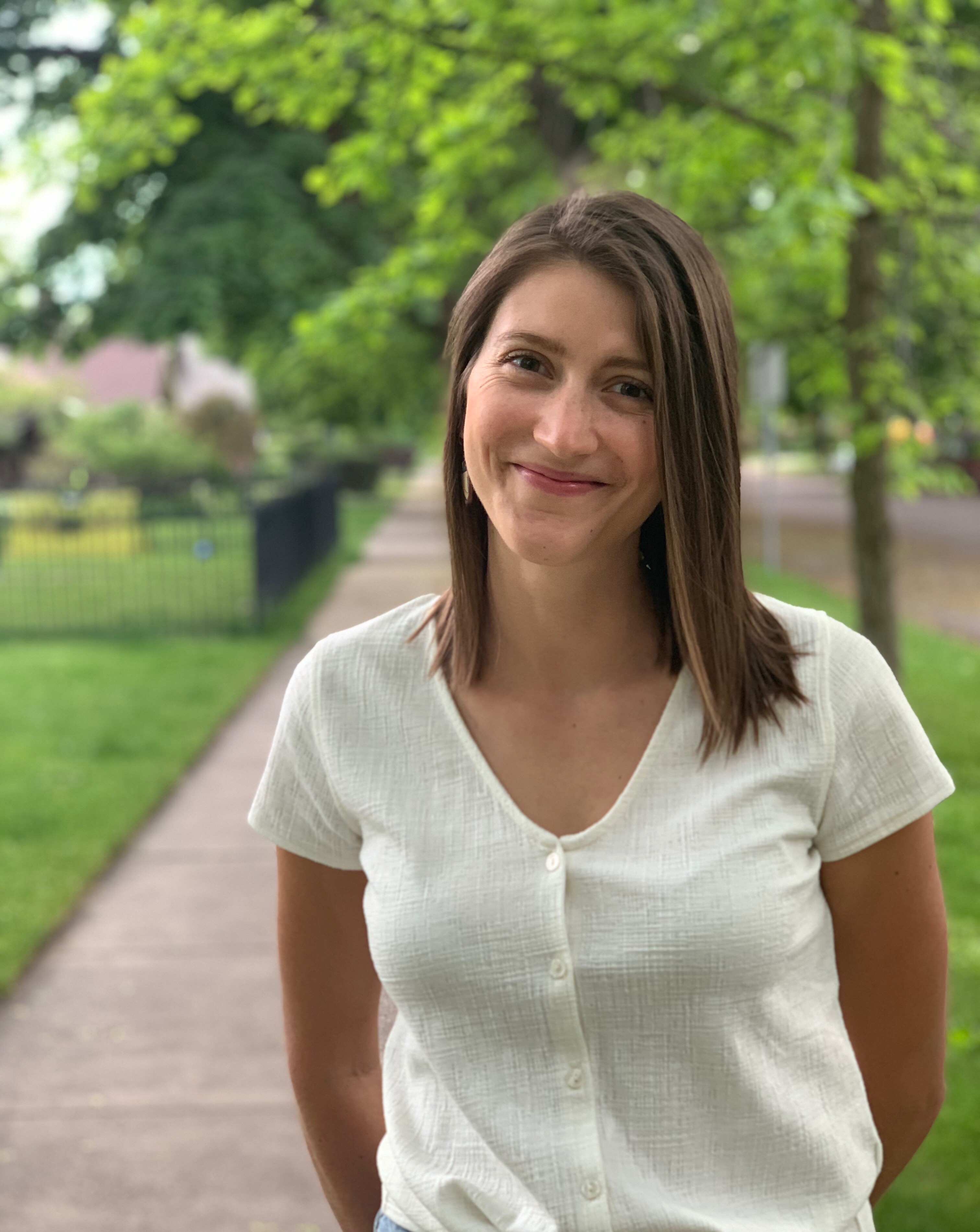
Megan Moore is a Ph.D. student at the University of Montana in Libby Metcalf’s Human Dimensions Lab. Her CREWS research focuses on the relationship between water and soil quality and how communities along the Upper Clark Fork River respond to degradation of these resources. Through her internship, Megan is developing a report for the town of Anaconda, MT, based on community member interviews she conducted during Summer 2020. Megan hopes that her final product will help people learn more about their community and can be informative moving into the future. “As researchers, we often use much of a community’s time and [I] hope to give something small back,” says Megan.
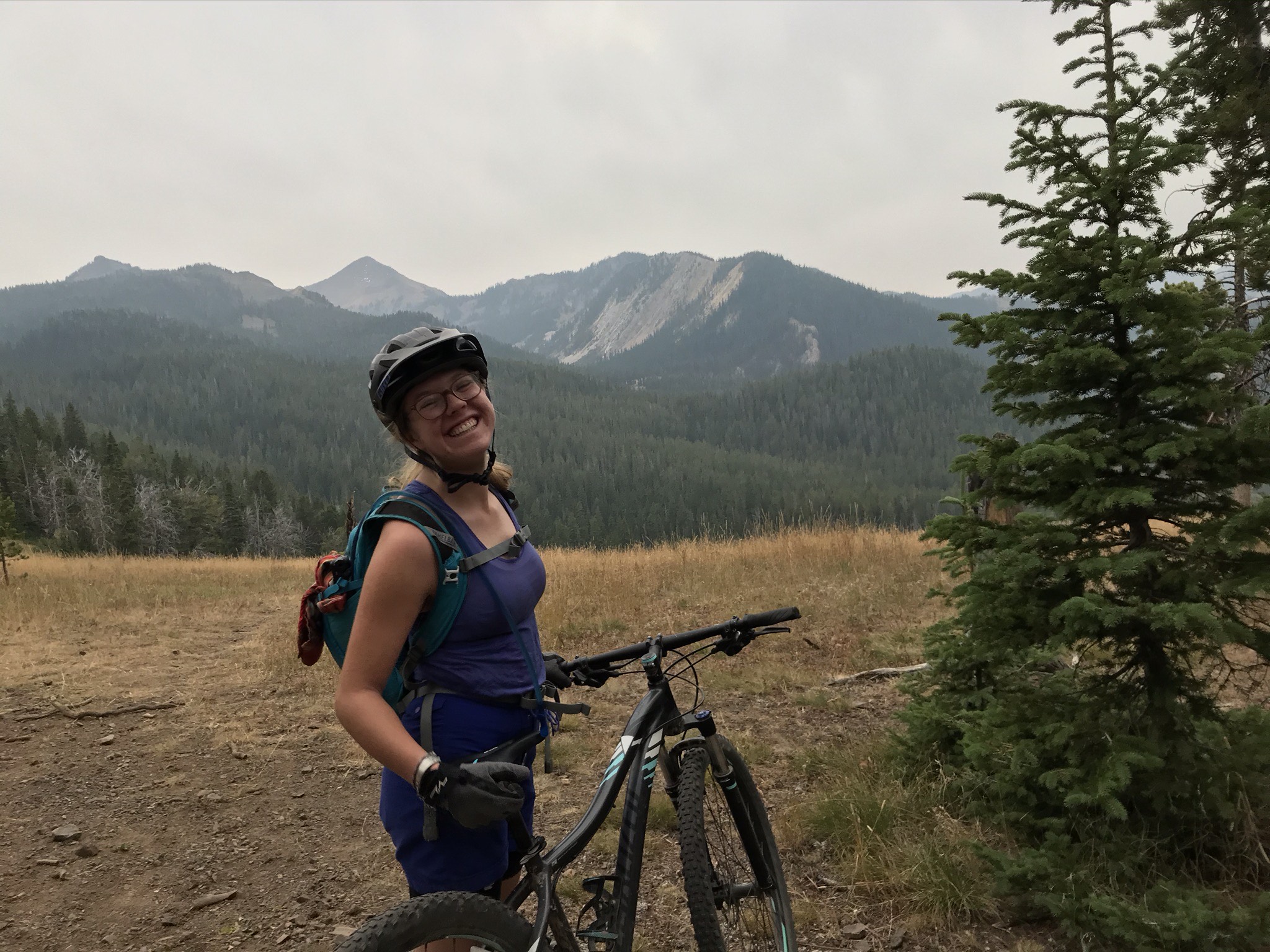
Alyson Welch is an undergraduate student at Montana State University studying Biological Engineering. For her CREWS Innovation and Commercialization internship, Alyson worked with Drs. Robin Gerlach and Wyatt Cross to address the inefficiency of an ecological studies method called invertebrate separation. Alyson used digital imaging to take pictures of bugs in samples, with the hope that by identifying invertebrates from images rather than handpicking, she can help make this method of study more time-efficient while remaining cost-effective.
2020 CREWS Internship Program
Meet the CREWS 2020 Commercialization Interns:
David Hutchins is a postdoc at Montana Technological University, working in Jerry Downey’s Lab on the Continuous Flow Metal Recovery System (CFMR) as part of the CREWS project. CFMR technology uses magnetic nanoparticles which are an emerging technology with a wide range of applications, including biomedical applications such as anti-cancer drug synthesis. Through his internship, David is exploring feasibility for this biomedical application through literature and patent review, as well as consultations. "This internship has been a great opportunity to explore new possibilities for our technology,” says David. “We tend to get so focused in our areas of expertise that we risk missing alternative applications with serious potential."
Taylor Gold Quiros is a PhD student at the University of Montana in the Valett Lab. Her CREWS research on the Upper Clark Fork River investigates the impact of long-term stressors, such as mining, on the structure and function of aquatic communities—in this case, fish. As an intern, Taylor is looking at the commercial potential of her idea to develop an app that would provide a data sharing platform for anglers, academics, and agencies. “My goal is to create an exchange of information; the app would create an opportunity for scientists to share data directly with people who may use it and have a citizen scientist component where the public can help scientists track demographics of the fish (and fishermen) on the river,” says Taylor. Taylor is working with Montana Fish Wildlife and Parks on this idea and has participated in UM’s I-Corps program to research its feasibility.
Qipei Shangguan is a PhD student at the University of Montana, working on sensor development for the CREWS project in Mike DeGrandpre’s lab. He is developing a prototype alkalinity sensor for in situ freshwater monitoring. Through his internship, Qipei is working with Sunburst Sensors to perform experimental tests and assess market interest for this new technology. “It is great to work with industry and exchange ideas. I hope the alkalinity sensor will help freshwater researchers to observe fine scale natural phenomena,” says Qipei.
